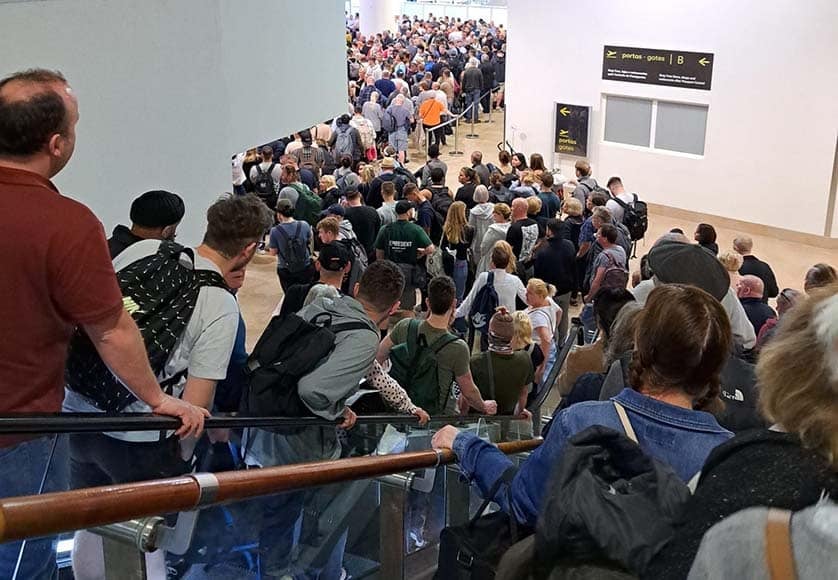
Under the stone courtyard of the Saint-Maximin house, the sculpture workshop has an atmosphere of diversity. 31 young French, Portuguese and Hungarians aged 14 to 16 come together for a cultural exchange. Since the beginning of the week, they have been sharing activities together in the section. “We loved Parc Asterix, it was fantastic!”, exclaim the four Hungarians Kata, Melissa, Dalma and Kinga in chorus.
This cultural exchange is part of the twinning that has linked Saint-Maximin for more than thirty years with the city of Pircata in Hungary, and for almost fifteen years with Figueiro dos Vinhos in Portugal. “There are many exchanges with these two cities. We received the mayor of Pircata not long ago and our elders went to Portugal,” says Serge Makodzinski, mayor of (south-east) Saint-Maximin. “It creates links between people: sometimes I meet Hungarians in the streets of Saint-Maximin, invited by French families.”
“We realized that Hungary is a poorer country”
For Gabriel, who is originally Portuguese, this is his first stay in France and he is satisfied: “The French are kind and enthusiastic.” He enjoys pointing out customs that differ from those in his country: “In France, you eat dinner earlier than us, and that surprised me!”
A little later, Lina, Enza, Ninon and Amelie share their techniques for carving a beautiful star into stone. “We learn a lot about them. With the Hungarians, we speak a lot in English, sometimes we use Google Translate.” If the young people first teach themselves the basic words of their language, the topics later become more personal. “They told us about their families, and we realized that Hungary is a poorer country than ours. They were a bit shocked when we went to the Asterix Park, I don’t think they have a park like that back home.”
The exchange coordinator and representative of the youth service in Saint-Maximin, Laure Santerre, welcomes an enriching stay for the teenagers: “They remain a bit shy but they manage to communicate. Yesterday, at Parc Asterix, they all mingled together, and it was great.” Dormitories have been set up in the city’s gymnasium to house Portuguese and Hungarian young people.
In total, 76 municipalities in the Oise are twinned with one or more cities in the world. In Montatier, the mayor of the city (PCF), Jean-Pierre Boussinnot, insists on the political nature of the twinning. Montatier has been twinned with the German city of Finsterwald, in the former German Democratic Republic, since 1962, and with the Palestinian refugee camp of Deheishe since 1989. “We were the first city in the world to be twinned with a Palestinian camp. Every year we send and receive delegations. In October, the people of Montatier will probably go there.”
In the stone house, Lina, Enza, Ninon and Amelie finish their sculptures. They help young Hungarians and Portuguese people who are having difficulties, under the supervision of the workshop leader Vanessa Zongo: “This is the power of the guide. Only gestures count, and the language barrier becomes less strong. Mutual help is beautiful.”






